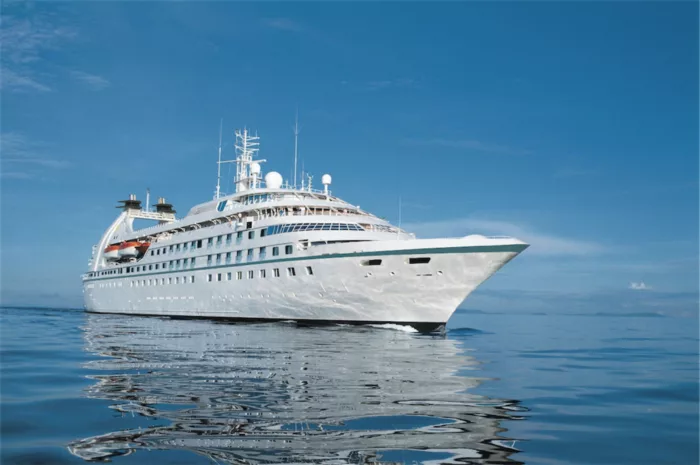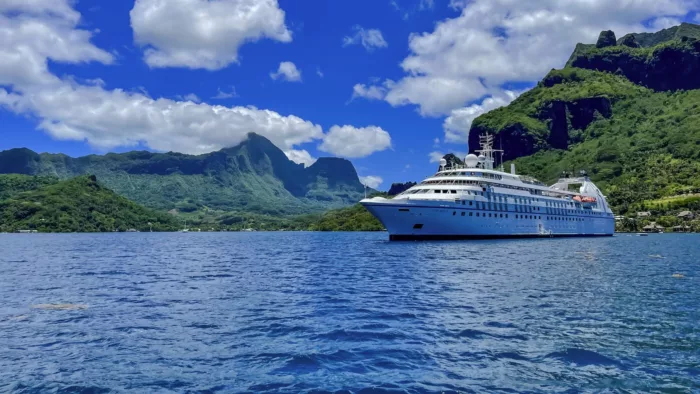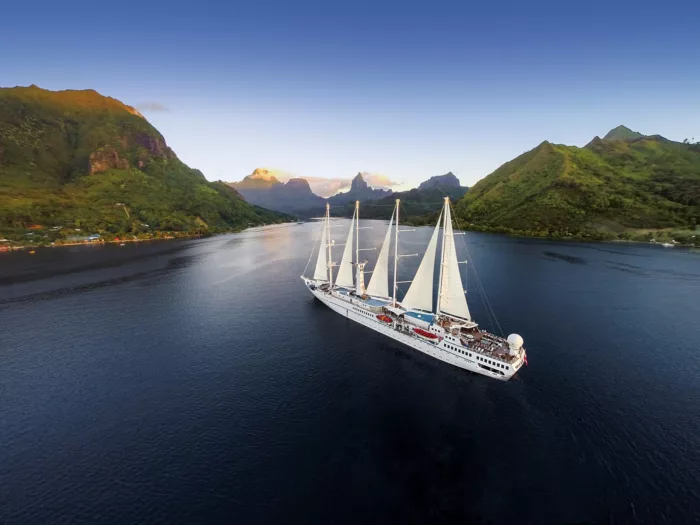
Windstar Cruises
Windstar Cruises operates a fleet of small luxury cruise ships. The cruise line has six yachts - three of which are masted sailing ships - and offers laid-back luxury with a tinge of historic seafaring adventure.
Wind Star and Wind Spirit each carry 148 guests, whereas Wind Surf carries 342. 'Power yachts' Star Pride, Star Breeze and Star Legend all carry 312 passengers. It's a unique experience, by all means!
312
Passengers
204
Crew
1990
Launched
2021
Last refit
12995t
Tonnage
159m
Length
19m
Width
15kts
Speed
6
Decks
USD
Currency
Cruise Itinerary
Day 1
Leith, Scotland
Day 2
Kirkwall, Orkney Islands, Scotland
Day 3
Lerwick, Shetland Islands, Scotland
Day 4
At Sea
Relax and make the most of the myriad of facilities available on board the ship, from fantastic entertainment to delicious and diverse dining options.
Day 5
Skjolden, Norway
Day 6
Måløy, Norway
Day 7
Ålesund, Norway
Day 8
Molde, Norway
Day 9
At Sea
Relax and make the most of the myriad of facilities available on board the ship, from fantastic entertainment to delicious and diverse dining options.
Day 10
Tórshavn, Faroe Islands
Day 11
At Sea
Relax and make the most of the myriad of facilities available on board the ship, from fantastic entertainment to delicious and diverse dining options.
Day 12
Reykjavík, Iceland
Day 13
Heimaey Island, Iceland
Days 14 - 15
Seydisfjørdur, Iceland
Day 16
Akureyri, Iceland
Day 17
Isafjørdur, Iceland
Day 18
Grundarfjørdur, Iceland
Day 19
Reykjavík, Iceland

Day 1
Leith, Scotland

Day 2
Kirkwall, Orkney Islands, Scotland

Day 3
Lerwick, Shetland Islands, Scotland

Day 4
At Sea

Day 5
Skjolden, Norway

Day 6
Måløy, Norway

Day 7
Ålesund, Norway

Day 8
Molde, Norway

Day 9
At Sea

Day 10
Tórshavn, Faroe Islands

Day 11
At Sea

Day 12
Reykjavík, Iceland

Day 13
Heimaey Island, Iceland

Days 14 - 15
Seydisfjørdur, Iceland

Day 16
Akureyri, Iceland

Day 17
Isafjørdur, Iceland

Day 18
Grundarfjørdur, Iceland

Day 19
Reykjavík, Iceland
Ship Details


Windstar Cruises
Star Pride
Star Pride is large enough to pamper and entertain you, yet small enough to tuck into delightful tiny harbours and hidden coves that others can’t reach.
Cabins
All Prices












